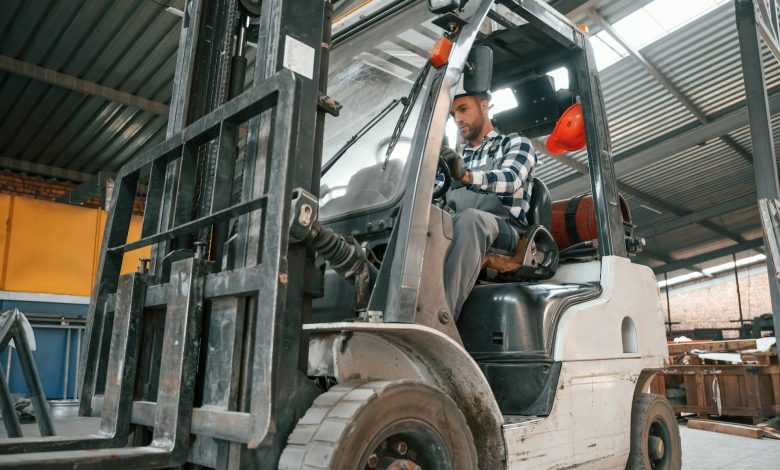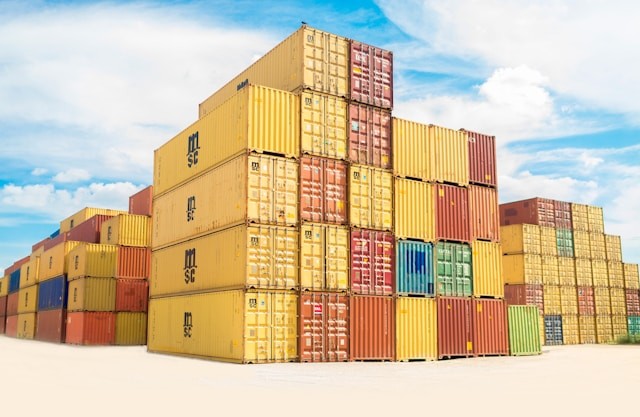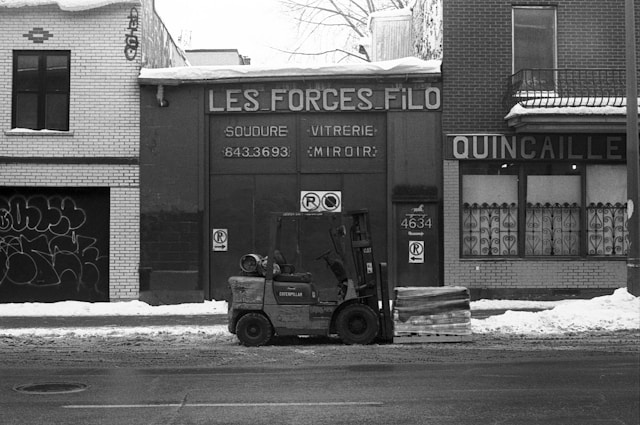Understanding the Weight Capacity of Versa-Lifts: How Much Weight Can They Hold?

Introduction
Versa-Lifts play a crucial role in material handling, but understanding their weight capacity is essential for safe and efficient operations. One common question that arises is, “How much weight can a Versa-Lift hold?” In this article, we’ll delve into this question and explore the factors influencing Versa-Lift weight capacities.
Understanding Versa-Lifts
Versa-Lifts are specialised machinery designed with the purpose of handling heavy loads. Their use is not defined to one specific role, but they are most commonly found in manufacturing, construction and logistic sectors. There are many Versa-Lift models available each are designed with different handling capacities and therefore suited to different project handling needs. Understanding the difference between each model and cluing up on the weight capacity is vital for safety in the workplace and the prevention of machine breakdown.

Factors Affecting Weight Capacity
Several factors influence the weight capacity of Versa-Lifts. These include the specific model of the Versa-Lift, its specifications such as lift height and reach, and the configuration of the machine. Additionally, environmental factors such as terrain and operating conditions can also impact weight capacity.
Versa-Lift Weight Capacities by Model
Versa-Lifts come in various models, each with its own weight capacity. Here are some examples of popular Versa-Lift models and their respective weight capacities:
Versa-Lift 40/60
- Weight Capacity: Up to 60,000 pounds.
Versa-Lift 60/80
- Weight Capacity: Up to 80,000 pounds.
Versa-Lift 100/140
- Weight Capacity: Up to 140,000 pounds.
These weight capacities provide an indication of the lifting capabilities of each Versa-Lift model, allowing users to select the appropriate machine for their specific needs.
Real-World Applications
Understanding Versa-Lift weight capacities is crucial for various industries and applications. For example, in manufacturing, Versa-Lifts are used to lift heavy machinery and equipment during installation or relocation processes. In construction, they assist in handling large building materials such as steel beams and concrete panels. Additionally, in logistics and warehousing, Versa-Lifts are employed to move heavy pallets and containers with ease.
Safety Considerations
Sticking to those weight guidelines is absolutely crucial to keep everyone safe and sound, both the folks on the job and the equipment itself.
Sticking to the specified weight guidelines is crucial to maintain a safe work environment. Exceeding the weight limits, whether that’s on purpose or by mistake, can lead to equipment malfunctions and breakdowns as well as accidents and injuries in the workplace. If you work with Versa-Lift equipment, ensure you are confident in handling/working around it and speak to your employer about correct weight specifications. If you are overseeing a project and you have hired versa-lift machinery, it is your responsibility to ensure your employees understand how to operate Versa-Lift machinery.

Maintenance and Inspection
Regular maintenance and inspection of Versa-Lifts are essential to ensure their continued safe operation. This includes checking for signs of wear and tear, inspecting hydraulic systems, and verifying weight capacity indicators. By properly maintaining Versa-Lifts, operators can mitigate risks and prolong the lifespan of the equipment.
Take Aways
- Understanding the handling capacities of each specific versa lift is vitally important, both for safety and well performing equipment.
- Looking at the weight capacity of each model is the best way to choose the most suitable machinery for your specific project needs.
- Following the guidelines and working within the specified weight limits helps to put safety and performance first. Exceeding the weight capacity of the machinery will create a hazzardous work zone and has the potential to cause equipment malfunction and breakdown.
- When planning your heavy lifting needs, it’s essential to consider versa lift hire to ensure you have the appropriate equipment capable of handling the required weight capacity safely.




